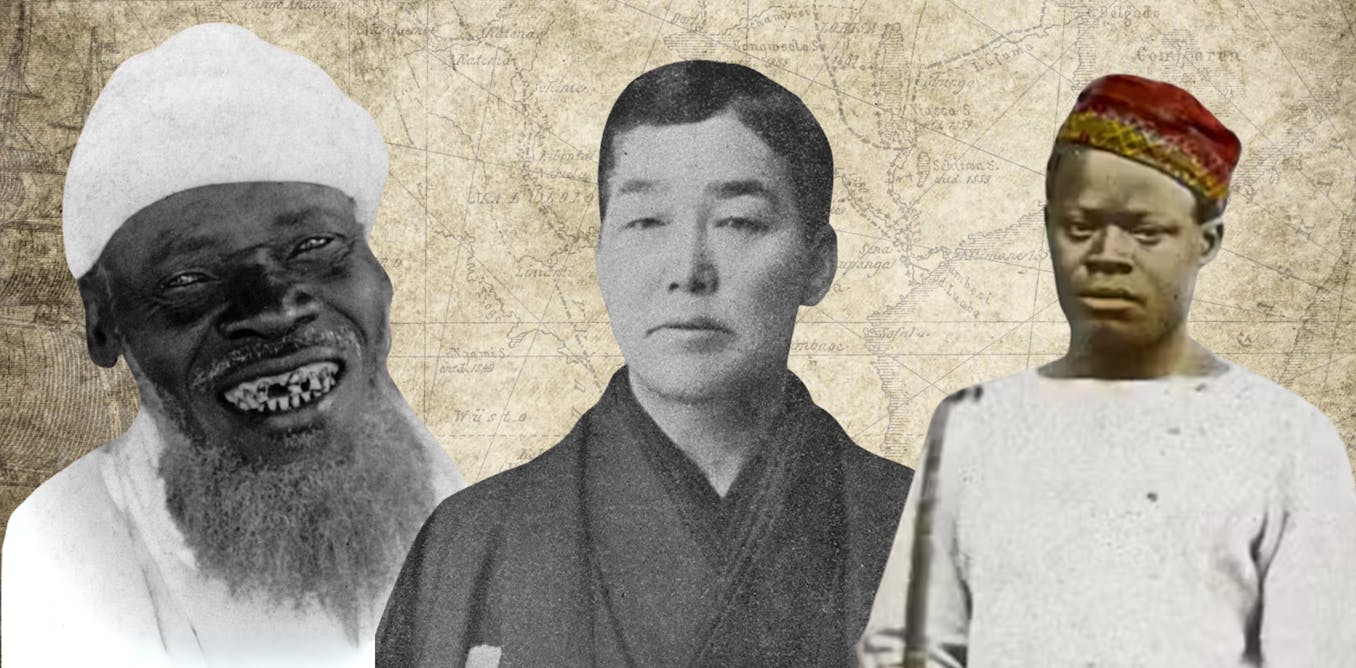Now Reading: Meet the forgotten enslaved and working-class labourers behind British exploration in Africa, Asia and Antarctica
-
01
Meet the forgotten enslaved and working-class labourers behind British exploration in Africa, Asia and Antarctica
Meet the forgotten enslaved and working-class labourers behind British exploration in Africa, Asia and Antarctica

In July 1858, after spending 18 months in Africa, the English explorer John Hanning Speke was weakened by fever and had not yet found the source of the River Nile as he had set out to do. However, on July 30, amidst the heat, he spotted a body of water about four miles away surrounded by grass and jungle. Initially, he only saw a small creek but continued onward, finally comprehending the full size of the lake on August 3 near Mwanza in modern-day Tanzania. Speke was captivated by the lake, now known as Lake Victoria, which he believed was the source of the Nile. He was unable to travel further due to time and financial constraints, relying on local people to understand the lake’s vastness.
Despite facing challenges in proving his claims, Speke made significant contributions to exploration. His companion, Sidi Mubarak Bombay, played a crucial role in translating conversations and aiding the expedition. Unlike Speke, who is remembered in history, the hundreds of African individuals who supported the journey are often forgotten. These individuals, including Bombay, who performed essential tasks like building camps, navigating, cooking, and caring for the sick, are not adequately recognized in historical records.
In the field of exploration, the contributions of individuals like Bombay highlight the often overlooked efforts of African and Asian explorers. The history of geography reveals the experiences of these individuals, many of whom were enslaved or faced harsh conditions during expeditions. Through examining the lives of these unsung explorers, we gain a deeper understanding of the collaborative and diverse nature of historical expeditions.






